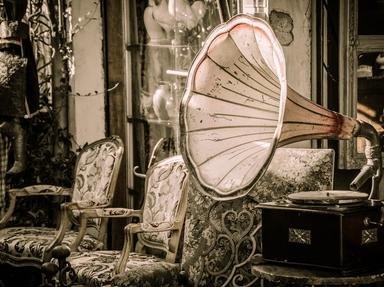Quiz Answer Key and Fun Facts
1. Which of the following treaties created the peaceful environment that was necessary before most travelers would consider an undertaking such as the Great Tour?
2. Who's work, "An Essay Concerning Human Understanding" (1690), helped to encourage traveling and sightseeing?
3. It was not possible to even think about taking the Grand Tour without employing a qualified guide to show the way. By which of the following names was a guide called?
4. What was NOT a purpose of taking a Grand Tour?
5. Taking the Grand Tour was quite a costly endeavor, and, therefore, something that only the wealthy could afford. How were expenses paid during the trip?
6. Young men who took the Great Tour were frequently known by what nickname once they returned home?
7. Wealthy girls were not allowed to take a Grand Tour.
8. Aristocrats from England were the only people in Europe to take a Grand Tour.
9. One of the favored souvenirs of the Grand Tour was a veduta. Which of the following best describes a veduta?
10. Which of the following historical events essentially put an end to foreign travel for a time?
Source: Author
ponycargirl
This quiz was reviewed by FunTrivia editor
bloomsby before going online.
Any errors found in FunTrivia content are routinely corrected through our feedback system.
